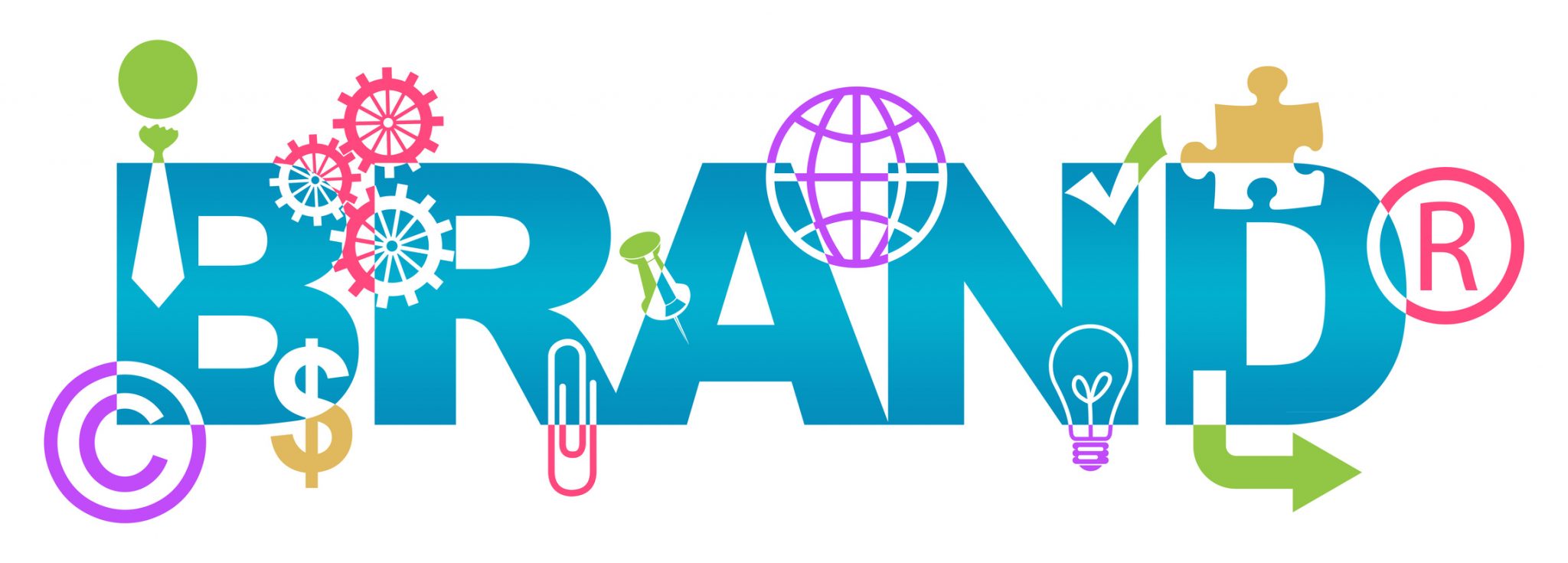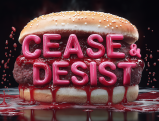
A merely descriptive trademark is one whose dictionary definition is synonymous with a quality of the good or service. An example might be “Cold and Creamy” for ice cream, or “Crystal Clear” for a brand of televisions. Descriptive trademarks can only receive trademark protection in the U.S. if they achieve something called “secondary meaning."
by Jonathan Schmig
November 6, 2017
Picking a strong mark to represent your business can be surprisingly challenging, especially for young businesses trying to establish themselves in the market.
The popular thinking seems to be that the trademark one uses—or rather trademarks one uses, from business names to logos to slogans and jingles—should err on the side of informative over creative.
But trademark law in the U.S. is not that simple, and it does not necessarily require one to choose between the two.
Distinctiveness
Trademark law here requires that the mark be “distinctive.” (Among other things.) That is, the mark—name, logo, phrase—must be capable of distinguishing your service or product from those of competitors. It’s a simple idea that has taken on a lot of baggage.
In an attempt to settle the confusion, the Second Circuit decided a case in 1976 that laid the groundwork for modern trademark jurisprudence and discussion.
The case—Abercrombie & Fitch Co. v. Hunting World, Inc.—established the so-called “Abercrombie spectrum,” which is still used today to determine the relative “strength” of a given mark. (Though, as we will see, the test works much better for word marks than it does for, say, logos.)
According to Abercrombie, there are five basic designations a mark could have.
Fanciful Trademark
The best is “fanciful.” A fanciful mark is one that is completely made-up.
The classic example is “Kodak,” which is not a word that existed until the company came up with it.
Arbitrary Trademark
The second best designation is “arbitrary,” which would be a word that does exist but whose dictionary definition has nothing to do with the actual product or service.
“Apple,” for instance, as applied to computers. When a mark is fanciful or arbitrary, there is seldom any trademark issue; the strength is self evident, and the trademark is valid, unless it was stolen or abandoned.
Suggestive Trademark
The next designation is “suggestive.” Marks that are suggestive will suggest a quality or feature of the good or service, without explicitly spelling it out. For instance, “Blu-ray” might conjure the idea of technology or data storage.
Together, these three designations—fanciful, arbitrary, and suggestive—constitute what trademark law considers the “inherently distinctive” categories of marks. If a mark is designated as any of these three, it is strong.
Then there’s the two others. The first is “generic,” and the second is “merely descriptive.”
Generic Trademark
Essentially, a generic mark is just what it sounds like: a mark that is exactly what the product is. Like “Vacuum” for a vacuum cleaner, or “Car Mechanics” for a mechanic business. A generic mark can never receive protection, under the thinking that all members of that industry must be able to use the term or word (or logo).
Merely Descriptive Trademark
A mark that is merely descriptive is one whose dictionary definition is synonymous with a quality of the good or service. An example might be “Cold and Creamy” for ice cream, or “Crystal Clear” for a brand of televisions.
Merely descriptive marks can only receive trademark protection in the U.S. if they achieve something called “secondary meaning,” which I’ll get to in a moment. Laudatory terms—like “best” or “quality”—cannot be protected either, nor can misspellings—e.g., “Kold and Kreamy.” Surnames are also often considered under the merely descriptive label, meaning that “Smith’s Repair Shop” probably cannot enjoy automatic protection.
In theory, this all sounds straightforward, but in practice it has proven considerably more complicated. As one might imagine, the distinction between “merely descriptive” and “generic” is fine, one of degree. For that matter, so is the distinction between “merely descriptive” and “suggestive.”
And the ramifications are real. If your mark is deemed generic, you can’t receive trademark protection, period, no matter what you do or how long you’ve been using it in commerce. If your mark is merely descriptive, you can have it protected—meaning that you can block others from using the same mark for the same or similar purpose—but only if you clear the “secondary meaning” problem.
And if your mark is suggestive, you are in good shape, and don’t need to prove anything else in order to enjoy protection, because the mark is “inherently distinctive.” So obviously, if the range from generic mark to suggestive mark is simply one of degree, then that is going to frustrate more than a few business owners.
Arbitrary or Fanciful is Best
As said, it would be best for a company to have an arbitrary or fanciful mark, as those are seldom subject to litigation. Suggestive marks can get muddy and litigious, but are obviously better than the rest because they don’t require any extra proof.
And yet, there is a temptation for many businesses, especially businesses just starting out, to opt instead for a mark that would be deemed “merely descriptive” because, in their view, such a mark helps the consumer immediately identify and understand the product or service being offered.
That mentality of course isn’t misguided. But the unfortunate side effect that often goes unconsidered is that whatever is saved up front, on advertising and other costs, can end up grossly outweighed by the costs and headaches of cease-and-desists and outright litigation.
In other words, a “merely descriptive” mark may seem wise at first, but it can often lead to much more long-term problems, expenses, and frustrations. And if you can’t establish “secondary meaning” anyway, then it’s far worse.
I have written about secondary meaning before, and how much of a tangled mess it is here in the U.S. But in essence, it simply means that the public associates—that is, they have come to associate—the mark with you. This can’t be achieved without time, which means not only that you must actually be in the market for a healthy number of years, but also that you must achieve some respectable degree of success. Those aren’t easy bars to clear, especially for young companies.
And that’s not even taking into account the costs of proving secondary meaning. If someone challenges your mark, and you have to go to court, and it’s decided that your mark is “merely descriptive,” then you must prove that it has secondary meaning, which means surveys, polls, and the like. All on your dime.
The simplest piece of advice would be to avoid this whole minefield by choosing a stronger mark, one that crosses the threshold into “inherent distinctiveness” (and out of “acquired distinctiveness”) territory.
Suggestive marks are often used to convey the meaning or type of product, but with enough creativity so as to absolve the mark holder of many, most, or all litigation woes.
There is no one clear rule because everything is relational. A product called “Brilliant” is probably descriptive if the product is a diamond, but probably arbitrary if the product is trash bags. The products on late night infomercials will often employ “suggestive” marks—things like OxiClean, PediPaws, et cetera.
Remember, the line between generic and merely descriptive—and between merely descriptive and suggestive—is very fine.
“Generic” means that the mark’s definition is identical to the product’s definition; “merely descriptive” means that the mark’s definition is (roughly) identical to a word that describes the product.
Similarly, “suggestive” means it requires some imagination, perception, or thought in order to discern the nature of the product; “merely descriptive” means no such imagination, perception, or thought is required to discern the nature of the product.
This may all seem like splitting hairs sometimes, and maybe it even is. But the cold hard truth of the matter is that the U.S. does still apply these rules to trademarks (and especially word marks). So it is crucial to keep these things in mind if you’ve just started up, or are about to.
ALSO SEE: 6 Common Reasons for Trademark Registration Refusal
ALSO SEE: What is a Trademark Specimen?
Topics: Trademarks










